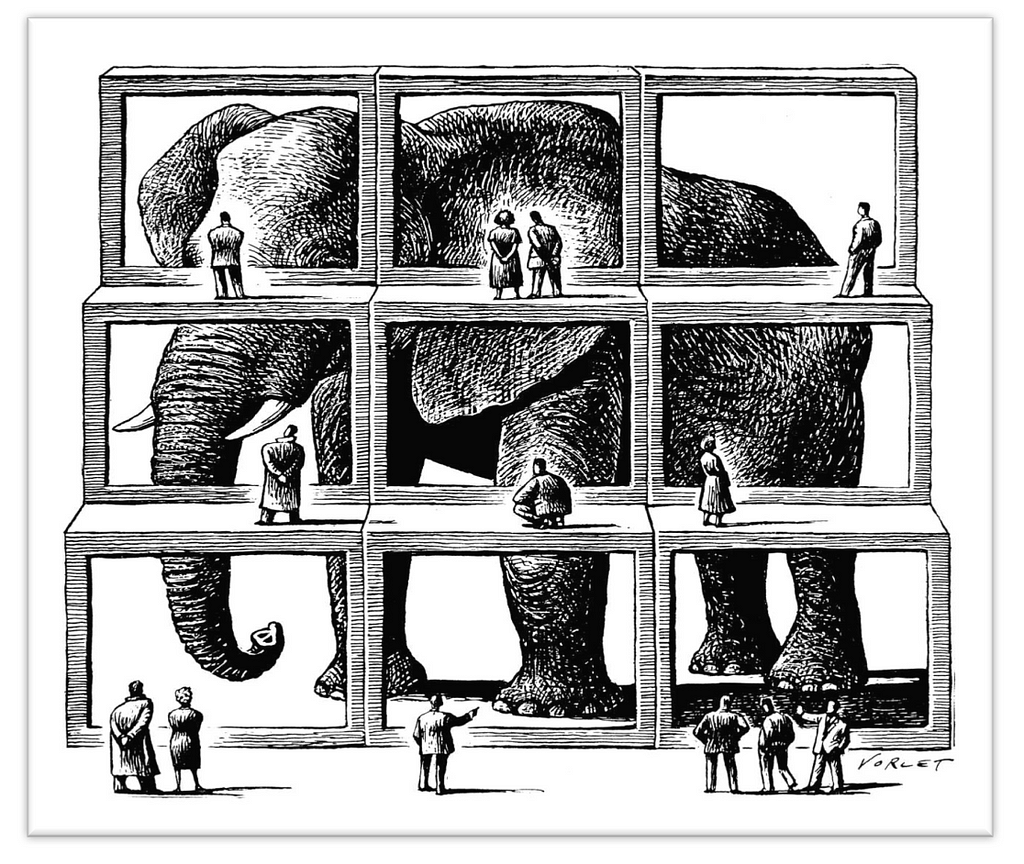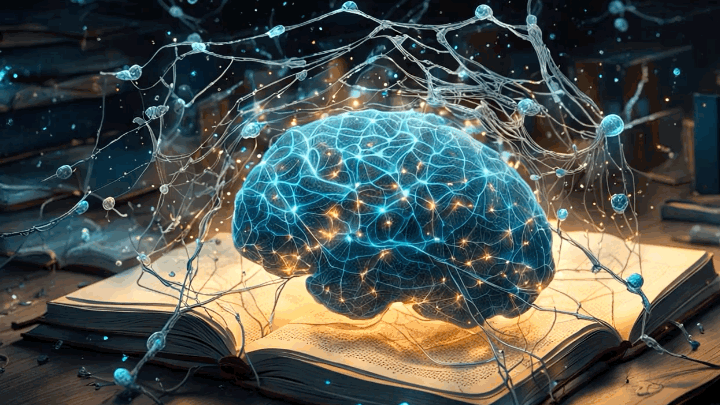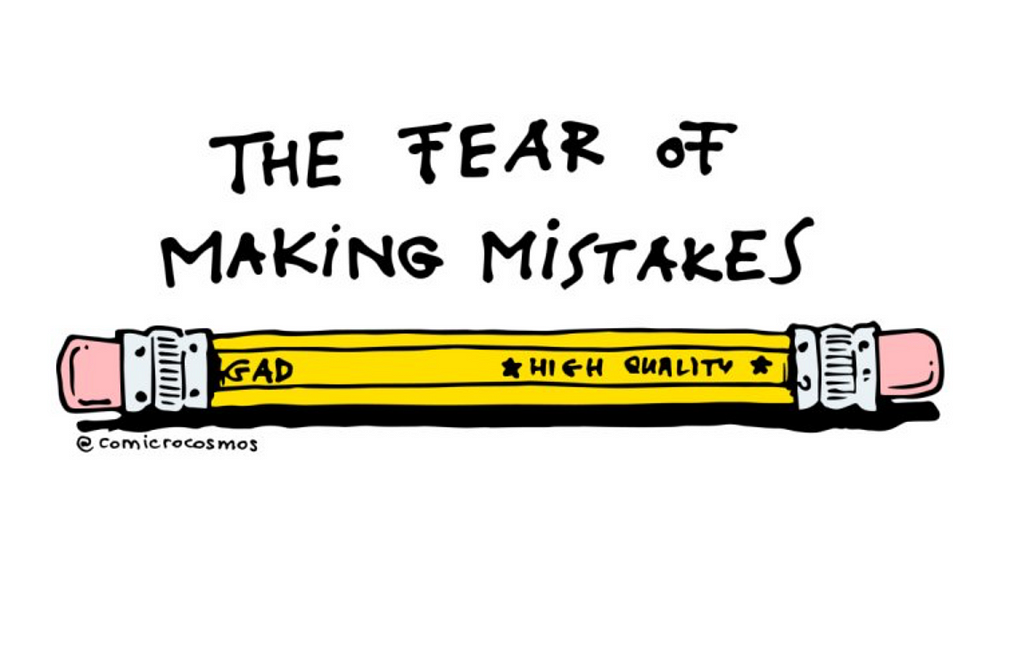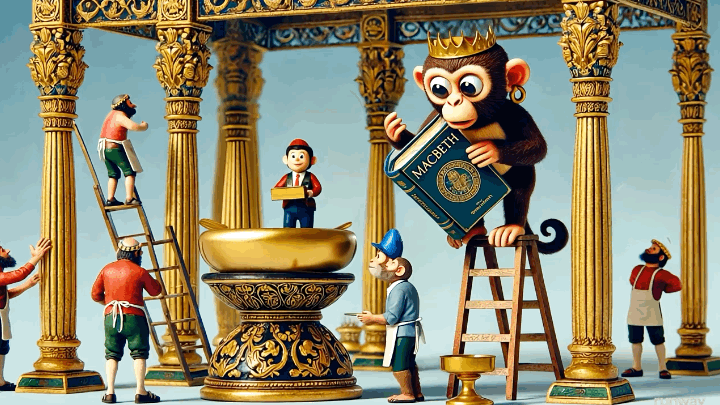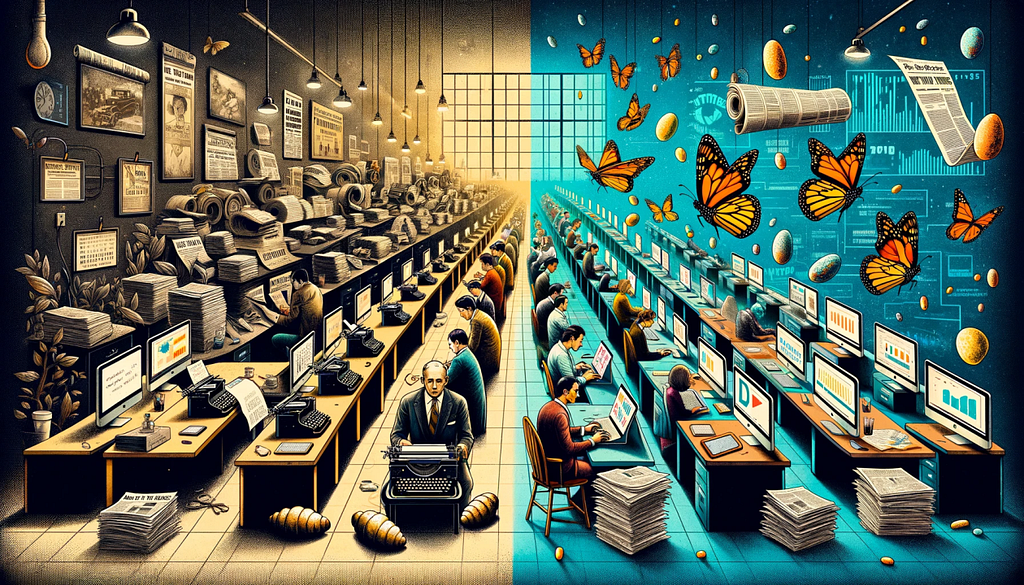“The only way in which a human being can make some approach to knowing the […]
Posted 10 months ago Tagged Aidan McCullen
“Incorporating uncertainty into the way we think about our beliefs comes with many benefits. By […]
Posted 10 months ago Tagged Aidan McCullen
“Worldly wisdom teaches that it is better for reputation to fail conventionally than to succeed […]
Posted 10 months ago Tagged Aidan McCullen
“Whenever smart and well-intentioned people avoid confronting obstacles, they disempower employees and undermine change.”― John Kotter […]
Posted 11 months ago Tagged Aidan McCullen
“Faced with the choice between changing one’s mind and proving that there is no need […]
Posted 11 months ago Tagged Aidan McCullen
“Change and innovation in human endeavours follow adaptive evolutionary mechanisms akin to change and innovations […]
Posted 11 months ago Tagged Aidan McCullen
“Deep in most of us, below our awareness, indelibly implanted there by three centuries of […]
Posted 11 months ago Tagged Aidan McCullen
“Once a detective decides that he or she has found the killer, the confirmation bias […]
Posted 12 months ago Tagged Aidan McCullen
“The hardest part of these decisions was neither the technological nor economic transformations required. It […]
Posted 12 months ago Tagged Aidan McCullen
“People thought it was a document staring into the future. But it was a culture […]
